If you cannot open your images, documents, or files and they have a “[billwong73@yahoo.com].[ID].BWNG” extension, then your computer is infected with the Matrix ransomware.
The [Billwong73@yahoo.com] BWNG ransomware encrypts the personal documents found on the victim’s computer, then displays a message which offers to decrypt the data if payment in Bitcoin is made. The instructions are placed on the victim’s desktop in the encrypted pop-up window or the “!BWNG_INFO!.rtf” files.
![Remove [Billwong73@yahoo.com] BWNG ransomware (Virus Removal Guide) 1 Image: [Billwong73@yahoo.com] BWNG ransomware](https://malwaretips.com/blogs/wp-content/uploads/2020/01/billwong73@yahoo.com-BWNG-ransomware.jpg)
- 1. What is the [Billwong73@yahoo.com] BWNG ransomware?
- 2. How did the [Billwong73@yahoo.com] BWNG ransomware get on my computer?
- 3. Is my computer infected with the [Billwong73@yahoo.com] BWNG ransomware?
- 4. How to remove the [Billwong73@yahoo.com] BWNG ransomware and recover the files
1. What is the [Billwong73@yahoo.com] BWNG ransomware?
[Billwong73@yahoo.com] BWNG is a file-encrypting ransomware infection that restricts access to data (files, images, videos) by encrypting files with the “[billwong73@yahoo.com].[ID].BWNG” extension. It then attempts to extort money from victims by asking for “ransom”, in the form of Bitcoin cryptocurrency, in exchange for access to your files.This ransomware targets all versions of Windows including Windows 7, Windows 8.1 and Windows 10. This executable will be launched and begin to scan all the drive letters on your computer for data files to encrypt.
The [Billwong73@yahoo.com] BWNG ransomware searches for files with certain file extensions to encrypt. The files it encrypts include important productivity documents, images, videos and files such as .doc, .docx, .xls, .pdf, among others. When these files are detected, this infection will change the extension to [billwong73@yahoo.com].[ID].BWNG, so you are no longer able to be open them.
The [Billwong73@yahoo.com] BWNG ransomware changes the name of each encrypted file to the following format: [billwong73@yahoo.com].[ID].BWNG
Once your files are encrypted with the “[billwong73@yahoo.com].[ID].BWNG” extension, you cannot open these files and this ransomware will create the “!BWNG_INFO!.rtf” ransom note in each folder that a file has been encrypted and on the Windows desktop.
When the infection has finished scanning your computer it will also delete all of the Shadow Volume Copies that are on the affected computer. It does this so that you cannot use the shadow volume copies to restore your encrypted files.
2. How did the [Billwong73@yahoo.com] BWNG ransomware get on my computer?
The [Billwong73@yahoo.com] BWNG ransomware is distributed via spam email containing infected attachments or by exploiting vulnerabilities in the operating system and installed programs.
Cyber-criminals spam out an email, with forged header information, tricking you into believing that it is from a shipping company like DHL or FedEx. The email tells you that they tried to deliver a package to you, but failed for some reason. Sometimes the emails claim to be notifications of a shipment you have made. Either way, you can’t resist being curious as to what the email is referring to – and open the attached file (or click on a link embedded inside the email). And with that, your computer is infected with the [Billwong73@yahoo.com] BWNG ransomware.
This ransomware was also observed attacking victims by hacking open Remote Desktop Services (RDP) ports. The attackers scan for the systems running RDP (TCP port 3389) and then attempt to brute force the password for the systems.
3. Is my computer infected with [Billwong73@yahoo.com] BWNG Ransomware?
Here is a short summary for the [Billwong73@yahoo.com] BWNG ransomware:
- Ransomware family: Matrix ransomware
- Extensions: [billwong73@yahoo.com].[ID].BWNG
- Ransom note: “!BWNG_INFO!.rtf”
- Ransom: From $500 to $1500 (in Bitcoins)
- Contact: billwong73@yahoo.com, billwong73@protonmail.com, billwong73@aol.com
- Symptoms: Your files have the “[billwong73@yahoo.com].[ID].BWNG” extension and cannot be opened by any programs
When this ransomware infects your computer it will scan all the drive letters for targeted file types, encrypt them, and then append the “[billwong73@yahoo.com].[ID].BWNG” extension to them. Once these files are encrypted, they will no longer able to be opened by your normal programs. When this ransomware has finished encrypting the victim’s files, it will also display a ransom note that includes instructions on how to contact these cybercriminals.
This is the message that the [billwong73@yahoo.com].[ID].BWNG ransomware will display:
SHIT HАPPENS!
WE HАVE TО INFОRM YОU THАT АLL YОUR FILES WERE ENCRYPTED!PLEАSE BE SURE, YОUR FILES АRE NОT BRОKEN!
Yоur filеs wеrе еnсrуptеd with strоng сrуptо аlgоrithms.
* Plеаsе nоtе thаt thеrе is nо wау tо dесrуpt уоur filеs withоut uniquе dесrуptiоn kеу аnd spесiаl sоftwаrе. Yоur uniquе dесrуptiоn kеу is sесurеlу stоrеd оn оur sеrvеr.
* Tо dесrуpt уоur dаtа уоu nееd оur spесifiс аutоmаtiс dесrуptiоn tооl аnd уоur uniquе dесrуptiоn kеу.
* Аll уоur filеs wеrе rеnаmеd but аftеr dесrуptiоn prосеss filеnаmеs will bе rесоvеrеd tо оriginаl stаtе. Dаtа struсturе will nоt сhаngе.
* Plеаsе bе surе thаt аll thе аttеmpts tо rесоvеr уоur filеs bу уоursеlf оr using third pаrtу tооls саn rеsult in irrеvосаblе lоss оf уоur dаtа!WHАT DО YОU NEED TО DО?
First оf аll уоu hаvе tо writе us bу е-mаil:
Оur first е-mаil: billwong73@yahoo.com
Оur sесоnd е-mаil: billwong73@protonmail.com
Оur third е-mаil: billwong73@aol.comАTTENTIОN!
If уоu wаnt tо rесоvеr уоur dаtа plеаsе writе us tо аll оur е-mаil аdrеssеs!
It is rеаllу impоrtаnt bесаusе оf dеlivеrу prоblеms with sоmе mаil sеrviсеs!
Plеаsе bе surе wе аrе аlwауs in tоuсh аnd rеаdу tо hеlp уоu!
If уоu will nоt rесеivе оur аnswеr in 24 hоurs, plеаsе rеsеnd уоur mеssаgе!
Plеаsе аlwауs сhесk SPАM fоldеr!
* Writе оn English оr usе prоfеssiоnаl trаnslаtоrIn subjесt linе writе уоur pеrsоnаl ID:
Fоr уоur аssurаnсе уоu саn аttасh up tо 3 smаll еnсrуptеd filеs tо уоur mеssаgе. Wе will dесrуpt аnd sеnd уоu dесrуptеd filеs fоr frее.
* Plеаsе nоtе thаt filеs must nоt соntаin аnу vаluаblе infоrmаtiоn аnd thеir tоtаl sizе must bе lеss thаn 5Mb.Plеаsе dоn’t wоrrу!
Bе surе thаt уоur dаtа саn bе RESTОRED TОDАY!
Wе аrе in tоuсh 24/7 аnd rеаdу tо hеlp уоu!
If уоu nоt rесеivеd оur аnswеr plеаsе rеsеnd уоur mеssаgе tо аll е-mаil аdrеssеs!
If your computer is infected with this ransomware, we recommend that you contact the following government fraud and scam sites to report this attack:
- In the United States, go to the On Guard Online website.
- In Australia, go to the SCAMwatch website.
- In Canada, go to the Canadian Anti-Fraud Centre.
- In France, go to the Agence nationale de la sécurité des systèmes d’information
- In Germany, go to the Bundesamt für Sicherheit in der Informationstechnik website.
- In Ireland, go to the An Garda Síochána website.
- In New Zealand, go to the Consumer Affairs Scams website.
- In the United Kingdom, go to the Action Fraud website.
If your country or region isn’t listed here, we recommend that you contact your country or region’s federal police or communications authority.
4. How to remove the [Billwong73@yahoo.com] BWNG ransomware and recover the files
It’s important to understand that by starting the removal process you risk losing your files, as we cannot guarantee that you will be able to recover them. Your files may be permanently compromised when trying to remove this infection or trying to recover the encrypted documents. We cannot be held responsible for losing your files or documents during this removal process.
This guide was written to help you remove the infection itself from your computer, and if a 100% proven method to recover the encrypted files is found we will update this guide.
STEP 1: Use Malwarebytes Free to remove [Billwong73@yahoo.com] BWNG ransomware
Malwarebytes Free is one of the most popular and most used anti-malware software for Windows, and for good reasons. It is able to destroy many types of malware that other software tends to miss, without costing you absolutely nothing. When it comes to cleaning up an infected device, Malwarebytes has always been free and we recommend it as an essential tool in the fight against malware.
It is important to note that Malwarebytes Free will run alongside antivirus software without conflicts.
-
Download Malwarebytes Free.
You can download Malwarebytes by clicking the link below.
MALWAREBYTES DOWNLOAD LINK
(The above link will open a new page from where you can download Malwarebytes) -
Double-click on the Malwarebytes setup file.
When Malwarebytes has finished downloading, double-click on the MBSetup file to install Malwarebytes on your computer. In most cases, downloaded files are saved to the Downloads folder.
You may be presented with an User Account Control pop-up asking if you want to allow Malwarebytes to make changes to your device. If this happens, you should click “Yes” to continue with the Malwarebytes installation.
-
Follow the on-screen prompts to install Malwarebytes.
When the Malwarebytes installation begins, you will see the Malwarebytes setup wizard which will guide you through the installation process. The Malwarebytes installer will first ask you on what type of computer are you installing this program, click either Personal Computer or Work Computer.
On the next screen, click “Install” to install Malwarebytes on your computer.
When your Malwarebytes installation completes, the program opens to the Welcome to Malwarebytes screen. Click the “Get started” button.
-
Select “Use Malwarebytes Free”.
After installing Malwarebytes, you’ll be prompted to select between the Free and the Premium version. The Malwarebytes Premium edition includes preventative tools like real-time scanning and ransomware protection, however, we will use the Free version to clean up the computer.
Click on “Use Malwarebytes Free“.
-
Click on “Scan”.
To scan your computer with Malwarebytes, click on the “Scan” button. Malwarebytes will automatically update the antivirus database and start scanning your computer for malware.
-
Wait for the Malwarebytes scan to complete.
Malwarebytes will scan your computer for adware and other malicious programs. This process can take a few minutes, so we suggest you do something else and periodically check on the status of the scan to see when it is finished.
-
Click on “Quarantine”.
When the scan has completed, you will be presented with a screen showing the malware infections that Malwarebytes has detected. To remove the malicious programs that Malwarebytes has found, click on the “Quarantine” button.
-
Restart computer.
Malwarebytes will now remove all the malicious files and registry keys that it has found. To complete the malware removal process, Malwarebytes may ask you to restart your computer.
When the malware removal process is complete, you can close Malwarebytes and continue with the rest of the instructions.
STEP 2: Use Emsisoft Emergency Kit to scan for malware and unwanted programs
Emsisoft Emergency Kit is a free second opinion scanner that can be used without installation to scan and clean infected computers. Emsisoft scans the behavior of active files and also files in locations where malware normally resides for suspicious activity.
-
Download Emsisoft Emergency Kit.
You can download Emsisoft Emergency Kit by clicking the link below.
EMSISOFT EMERGENCY KIT DOWNLOAD LINK
(The above link will open a new web page from where you can download Emsisoft Emergency Kit) -
Install Emsisoft Emergency Kit.
Double-click on the EmsisoftEmergencyKit setup file to start the installation process, then click on the “Install” button.
-
Start Emsisoft Emergency Kit.
On your desktop the “EEK” folder (C:\EEK) should now be open. To start Emsisoft, click on the “Start Emsisoft Emergency Kit” file to open this program.
You may be presented with a User Account Control dialog asking you if you want to run this file. If this happens, you should click “Yes” to continue with the installation.
-
Click on “Malware Scan”.
Emsisoft Emergency Kit will start and it will ask you for permission to update itself. Once the update process is complete, click on the “Scan” tab, and perform a “Malware Scan“.
Emsisoft Emergency Kit will now scan your PC for malicious files. This process can take a few minutes.
-
Click on “Quarantine selected”.
When the Emsisoft scan has finished, you will be presented with a screen reporting which malicious files were detected on your computer. To remove the malicious programs, click on the “Quarantine selected“.
When the malware removal process is complete, Emsisoft Emergency Kit may need to restart your computer. Click on the “Restart” button to restart your computer.
When the process is complete, you can close Emsisoft and continue with the rest of the instructions.
STEP 3: Restoring the files encrypted by [Billwong73@yahoo.com] BWNG ransomware
Unfortunately, it’s not possible to recover the files encrypted by the [Billwong73@yahoo.com] BWNG ransomware because the private key is needed to unlock the encrypted files is only available through the cybercriminals.
Do not pay any money to recover your files. Even if you were to pay the ransom, there is no guarantee that you will regain access to your files.
Option 1: Search for a [billwong73@yahoo.com].[ID].BWNG ransomware decryption tool
At the time of writing this article, there was no decryption tool available for the [billwong73@yahoo.com].[ID].BWNG ransomware. However, the cybersecurity community is constantly working to create ransomware decryption tools, so you can try to search these sites for updates:
- https://id-ransomware.malwarehunterteam.com/
- https://decrypter.emsisoft.com/
- https://noransom.kaspersky.com/
- https://www.avast.com/ransomware-decryption-tools
Option 2: Try to restore your files with Free File Recovery Software
In few cases, it may be possible to recover previous versions of the encrypted files using recovery software used to obtain “shadow copies” of files. We’ve listed two options below, however, keep in mind that most likely these programs won’t be able to recover your files.
Here’s how to try to recover your files with ShadowExplorer:
The [Billwong73@yahoo.com] BWNG will attempt to delete all shadow copies when you first start any executable on your computer after becoming infected. Thankfully, the infection is not always able to remove the shadow copies, so you should continue to try restoring your files using this method.
- You can download ShadowExplorer from the below link:
SHADOW EXPLORER DOWNLOAD LINK (This link will open a new web page from where you can download “ShadowExplorer”)
- Once you have downloaded and installed ShadowExplorer, you can follow the below video guide on how to restore your files while using this program.
Another option would be to use free recovery software, like Recuva Free. Here’s how to try to recover your files with Recuva Free:
- You can download Recuva Free from the below link:
RECUVA FREE DOWNLOAD LINK (This link will open a new web page from where you can download “Recuva Free”)
- Once you have downloaded and installed Recuva Free, you can follow the below video guide on how to restore your files while using this program.
Your computer should now be free of the [Billwong73@yahoo.com] BWNG ransomware infection. If you are still experiencing problems while trying to remove [Billwong73@yahoo.com] BWNG ransomware from your computer, please do one of the following:
- Run a computer scan with ESET Online Scanner
- Ask for help in our Malware Removal Assistance forum.

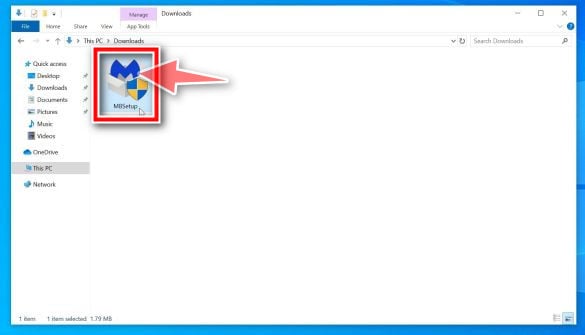
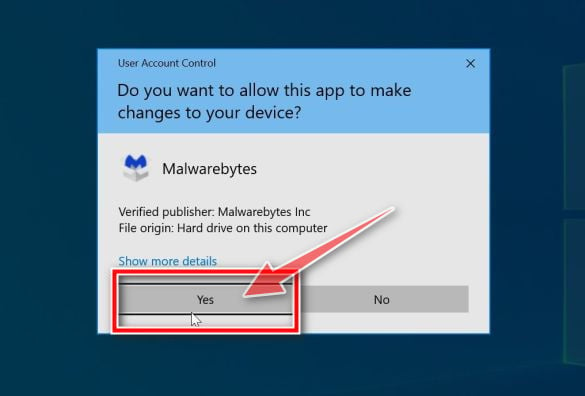
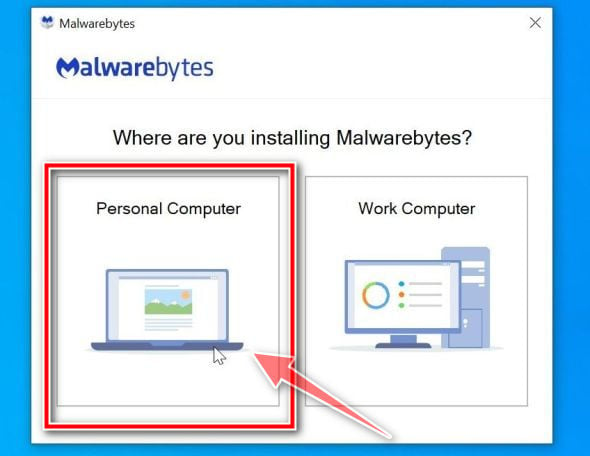

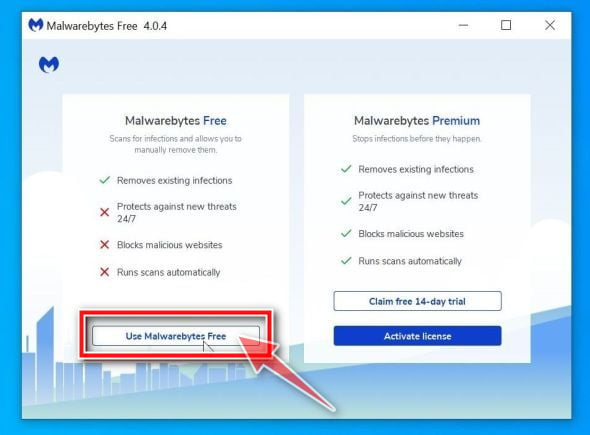
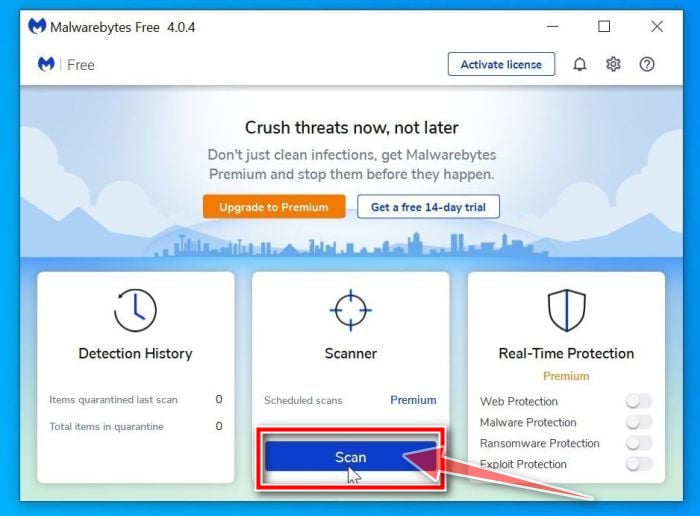
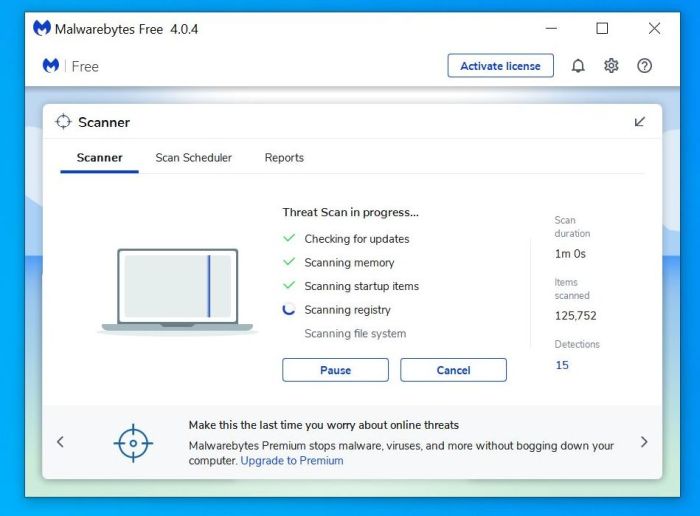
![Review the malicious programs and click on Quarantine Review the malicious programs and click on Quarantine to remove [Billwong73@yahoo.com] BWNG ransomware](https://malwaretips.com/blogs/wp-content/uploads/2019/11/Malwreytees-Click-Quaratine.jpg)
![Malwarebytes requesting to restart computer Malwarebytes requesting to restart computer to complete the [Billwong73@yahoo.com] BWNG ransomware removal process](https://malwaretips.com/blogs/wp-content/uploads/2019/11/Malwarebytes-Restart-PC.jpg)

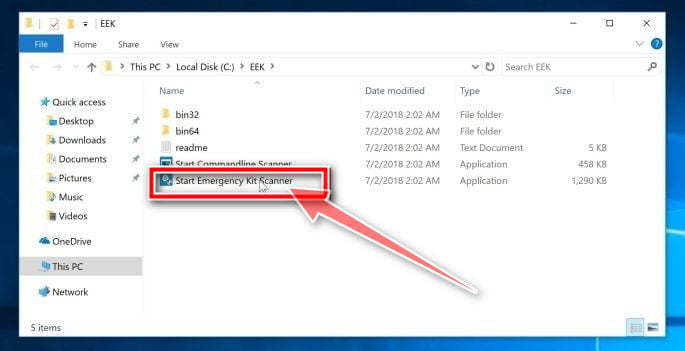
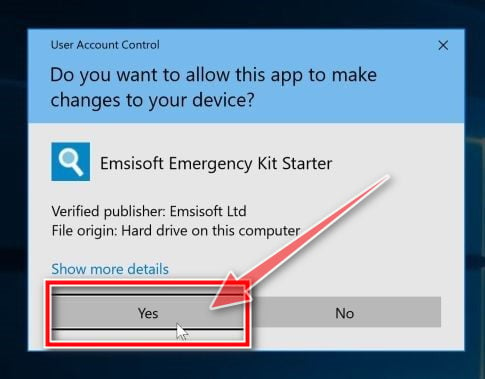
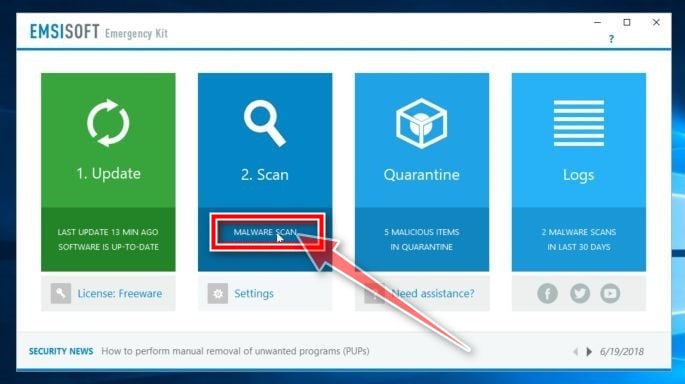
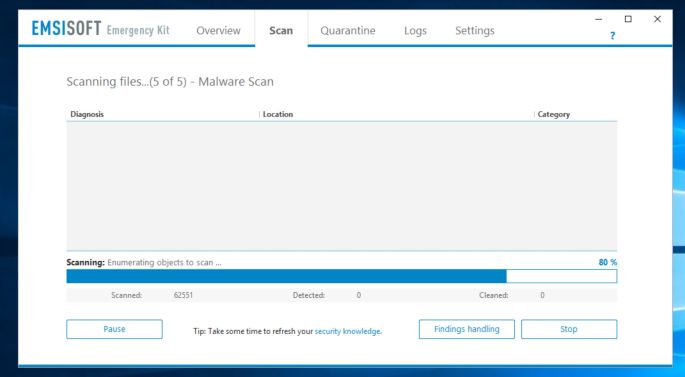
![Remove [Billwong73@yahoo.com] BWNG ransomware (Virus Removal Guide) 3 Click on Quarantine Selected to remove the malicious programs](https://malwaretips.com/blogs/wp-content/uploads/2018/07/Emsisoft-Emergency-KitMalware-Detected.jpg)









